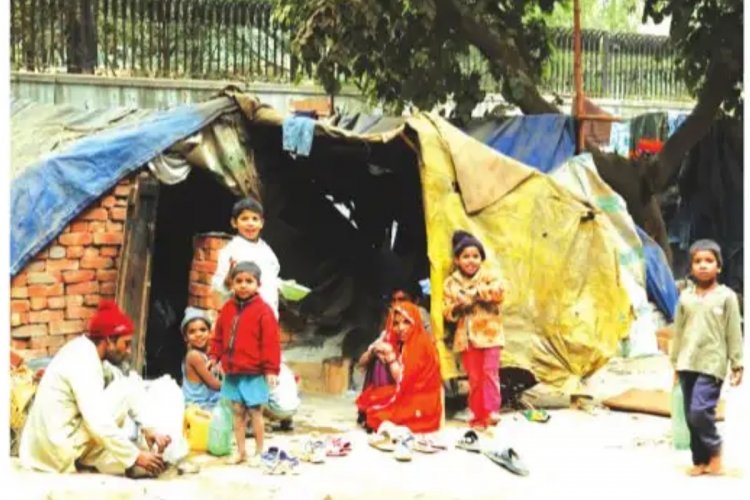Poverty Studies: Limitations
STORIES, ANALYSES, EXPERT VIEWS

A recent report by NITI Aayog has said 24.82 crore Indians have emerged from the grips of multidimensional poverty (MPI) over the past nine years. According to the report, the incidence of multidimensional poverty in India has dropped from 29.17 per cent in 2013-14 to 11.28 per cent in 2022- 23.
The Multidimensional Poverty Index (MPI) tool
While these figures paint a promising picture of progress, Shivanshu K Srivastava (author, poet and advocate) writes “a closer examination reveals complexities that warrant a nuanced assessment. At the heart of this analysis is the Multidimensional Poverty Index (MPI), a tool designed to gauge poverty beyond the constraints of income alone. By considering factors such as health, living standards, and other non-monetary dimensions, the MPI provides a more comprehensive understanding of poverty’s multifaceted nature….”
While the MPI is a robust tool, it “has its own set of limitations……The report relies on pre-pandemic data from the National Family Health Survey (NFHS) until 2019-21, projecting trends into 2022 and 2023.” This approach thus “may not fully capture the significant disruptions caused by the Covid-19 crisis. The positive trends highlighted in the report are a testament to the resilience of communities and the efficacy of targeted interventions. Yet, in our pursuit of progress, we must not lose sight of the lessons the pandemic has imparted. The health emergency exposed vulnerabilities in our social fabric, and the repercussions were felt across sectors.”
Post pandemic issues
The pandemic’s ramifications on education, health outcomes, and the implementation of government programmes tied to the MPI indicators, states Srivastava “cannot be ignored. As the world grappled with the health emergency, child mortality rates rose, and nutrition levels witnessed a decline. The NITI Aayog projections, albeit based on sound methodology, may inadvertently overlook these medium-term setbacks, assuming that the pre-Covid progress continued seamlessly during and after the pandemic. Moreover, the aftermath of the Covid-19 crisis saw governments globally tightening their fiscal belts, and India was no exception. The tightening of government spending, especially in the aftermath of the pandemic, has inevitably impacted social sector schemes, potentially affecting the very programmes integral to poverty reduction.”
In assessing the veracity of the NITI Aayog report, “it is crucial to acknowledge the limitations inherent in projecting pre-pandemic data into a post-pandemic reality. The intricacies of the multifaceted nature of poverty demand a comprehensive and dynamic approach that adapts to the ever-changing landscape of global challenges. The report, while providing a snapshot of progress, should serve as a catalyst for more in-depth analysis and reflection. As we celebrate the millions lifted out of multidimensional poverty, we must also remain vigilant about the potential pitfalls that may compromise the sustainability of these gains.”
















